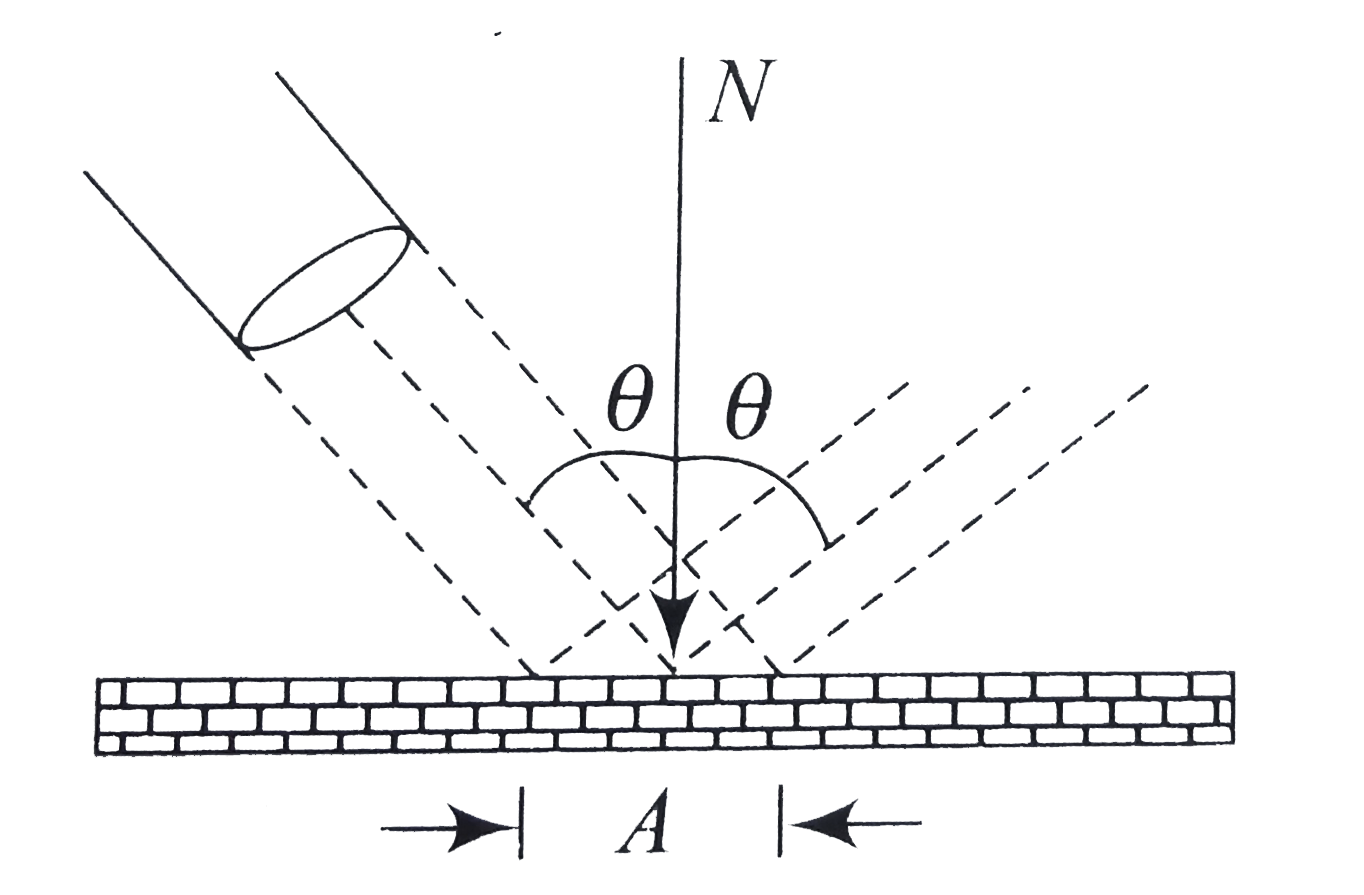Attractive forces of cell walls for water molecules is termed as
Adhesion
Cohesion
Osmosis
Plasmolysis
The correct Answer is:A
Step by step video, text & image solution for Attractive forces of cell walls for water molecules is termed as by Biology experts to help you in doubts & scoring excellent marks in Class 12 exams.
Topper's Solved these Questions
- BOOK - MOTIONCHAPTER - TRANSPORT IN PLATS EXERCISE - EXERCISE -249videos
TRANSPORT IN PLATS
- BOOK - MOTIONCHAPTER - TRANSPORT IN PLATS EXERCISE - EXERCISE -318videos
TRANSPORT IN PLATS
- BOOK - MOTIONCHAPTER - TRANSPORT IN PLATS EXERCISE - ANSWER THE FOLLOWING QUESTION6videos
TRANSPORT IN PLATS
- BOOK - MOTIONCHAPTER - STRUCTURAL ORGANISATION IN ANIMALSEXERCISE - Exercise - 4 (ASSERTION & REASON QUESTIONS)27videos
STRUCTURAL ORGANISATION IN ANIMALS
Similar Questions
A nozzle throws a stream of gas against a wall with a velocity v much larger than the thermal agitation of the molecules. After collision of the molecules with wall the magnitude of their velocity remains same. Also assume that the force exerted on the wall by the molecule is perpendicular to wall. (This is not strictly true for a rough wall.) Find the pressure exerted on the wall. (n = number of molecules per unit volume, m = mass of a gas molecule)
 View Solution
View SolutionAssertion. London forces of are the attractive forces existing among non-polar molecules or noble gases.
Reason. London forces are the attractive forces which operate at all distances between the molecules atoms.View Solution
Knowledge Check
- Question 1 - Select One
Attractive forces of cell walls for water molecules is termed as
AAdhesionBCohesionCOsmosisDPlasmolysis - Question 2 - Select One
Attractive force of cell walls of xylem for water molecules is termed as
AAdhesionBCohesionCOsmosisDPlasmolysis - Question 3 - Select One
 ltBRgt A nozzle throws a stream of gas against a wall with a velocity v much larger than the thermal agitation of the molecules. The wall deflects the molecules without changing the magnitude of their velocity. Also, assume that the force exerted on the wall by the molecules is perpendicular to the wall. (This is not strictly true of a rough wall). Find the force exerted on the wallAAnmv2cos2θB2Anmv2cos2θC2nmv2sin2θDAnmv2cosθ
ltBRgt A nozzle throws a stream of gas against a wall with a velocity v much larger than the thermal agitation of the molecules. The wall deflects the molecules without changing the magnitude of their velocity. Also, assume that the force exerted on the wall by the molecules is perpendicular to the wall. (This is not strictly true of a rough wall). Find the force exerted on the wallAAnmv2cos2θB2Anmv2cos2θC2nmv2sin2θDAnmv2cosθ
Water molecule is very polar. Polar end of molecule attracts opposite charges on another water molecule (acts like magnet). How will you explain this property of water with reference to upward movement of water ? Comment on the upward movement of water given the intermolecular hydrogen in water.
View SolutionAttractive forces between non-polar, real gas molecules are:
View SolutionThe attractive forces between molecules of a molecular crystal are
View SolutionDominance of strong repulsive forces among the molecules of the gas (Z= compressibility factor)
View SolutionThe types of attractive forces between a polar molecule and a non-polar molecule are
View Solution

